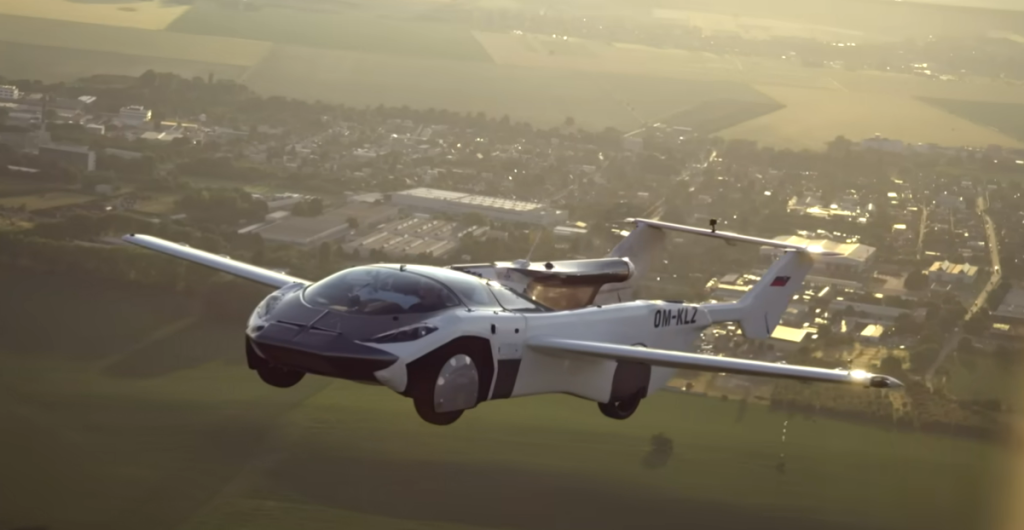Klein Vision’s “AirCar” hits 155 mph in the sky—but don’t expect to skip traffic just yet.
Others are reading now
The idea of personal flying cars has long captivated imaginations, from vintage science fiction to modern concept showcases.
But while dozens of companies have tried to turn dreams into reality, few have gotten off the ground—literally. That could soon change, according to a Slovakian company now preparing to launch its flagship model into production.
A Car That Flies—Sort Of
Klein Vision’s “AirCar” is the result of over 30 years of development and is now one of the few prototypes to earn a certificate of airworthiness, as reported by Popular Science.
The dual-mode vehicle transforms from a sporty four-wheel car into a winged aircraft in under two minutes, offering road speeds up to 124 mph and airspeeds as high as 155 mph. Its reported maximum flight range is an impressive 1,000 kilometers (around 620 miles).
Also read
The newest model boasts a 280-horsepower engine, improved flight time, and faster transformation between driving and flying modes. The company hopes to begin shipping by 2026, with price tags ranging from $800,000 to $1 million.
A Luxury Toy, Not a Traffic Solution
Despite its futuristic allure, the AirCar isn’t ready to ferry commuters over gridlocked highways. Users will still need to drive to a runway and take off from there.
Current regulations limit its use to airport-to-airport travel, and pilots must hold a license—adding another barrier to accessibility.
While Klein Vision pushes forward, the broader industry has seen mixed results. Previous efforts like the Moller Skycar and Terrafugia failed to break into commercial markets, even with federal certifications.
VTOLs May Get There First
The real progress in urban air mobility appears to lie with Vertical Take-Off and Landing (VTOL) aircraft. Unlike the AirCar, VTOLs don’t need runways, making them more suited for city use.
Startups like Joby and Archer Aviation are already partnering with airlines and testing service routes. Still, even these technologies face significant regulatory, infrastructural, and safety hurdles.
So, while the AirCar marks a milestone in aviation design, the long-promised future of sky-bound daily commutes remains—quite literally—up in the air.


